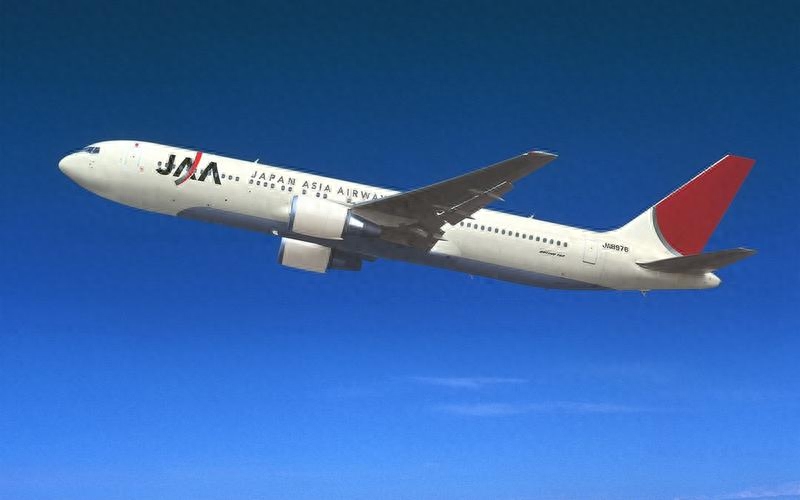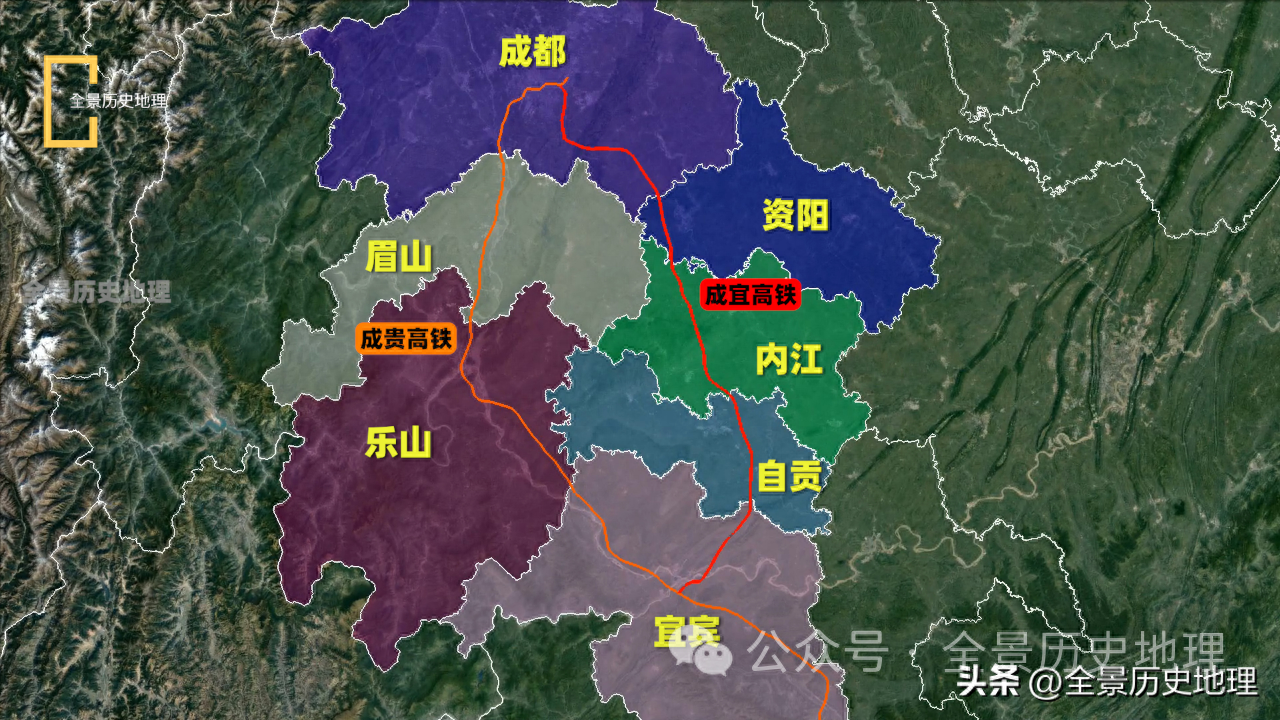The latest ranking of China's top ten airports! Shanghai Pudong cannot rank in the top five, while Daxing Airport can only rank third
The latest ranking of China's top ten airports! Shanghai Pudong cannot rank in the top five, while Daxing Airport can only rank thirdWe often say 'birds fly at high altitudes', but in China, the modern version of this sentence can be understood as' airplanes fly at high altitudes'. From early small regional airports to today's network of modern large airports, China's aviation journey can be described as a legendary story on paper
The latest ranking of China's top ten airports! Shanghai Pudong cannot rank in the top five, while Daxing Airport can only rank third
We often say 'birds fly at high altitudes', but in China, the modern version of this sentence can be understood as' airplanes fly at high altitudes'. From early small regional airports to today's network of modern large airports, China's aviation journey can be described as a legendary story on paper.

In the past few decades, we have witnessed the rise of a country in the aviation industry, from scratch to strength. An airport is a window and gateway connecting a city and a country to the world, and is also an important standard for measuring the modernization level of a region. On the world stage, a country's airport is like its business card, showcasing its strength and characteristics to visitors from all over the world.
The rapid development of China's aviation industry
The development of China's aviation industry is truly worth these four words to describe as' a thousand miles in a day '. From the initial layout to the current comprehensive development, we have seen the rise of a major country's aviation industry from scratch. Some people say that airports are the facade of a city, and now we can proudly say that China has a series of impressive "facades".
If we carefully analyze the development process of China's aviation industry, we will find that its changes can truly be described as "innovation being the king". Initially, it was just a simple terminal and runway, but now with advanced terminal design, intelligent services, and internationally leading safety measures, China's aviation industry continues to develop and become a leader in the global aviation industry.
And all of this is not only reflected in hardware upgrades, but also an indispensable part of software services. With the prosperity of the aviation industry, the demand for passengers is also constantly increasing, which requires airports not only to have advanced facilities, but also to have efficient services. From simple manual ticket checking to current self-service, from basic rest areas to current five-star airport hotels, every detail tells the development process of China's aviation industry.

Overview of the latest ranking of China's top ten airports
The new ranking has been released, Pudong has lost, and Daxing has only ranked third. Recently, the latest ranking of China's top ten airports has been released, with some surprising results. In this ranking, we can see the persistence of established strong players and the rise of emerging airports.
Ranking tenth is Xi'an Xianyang International Airport, which is the first border port in the northwest region to implement a 72 hour transit visa free policy. Following closely behind is the historic Shanghai Hongqiao International Airport, which was built in the 1960s and has become an air passage connecting China and multiple countries. Shenzhen Bao'an International Airport, Kunming Changshui International Airport, and Shanghai Pudong Airport rank eighth, seventh, and sixth respectively, all of which have the basic conditions of a large airport and provide services to a large number of passengers.
Although Shanghai Pudong Airport is one of China's gateway airports, it did not enter the top five in this ranking. And those airports that can enter the top five are Chengdu Tianfu International Airport, Chongqing Jiangbei International Airport, Beijing Daxing International Airport, Guangzhou Baiyun International Airport, and Beijing Capital International Airport.
It should be particularly mentioned here that although Beijing Daxing International Airport has a relatively short opening time, its modern facilities and services have made it firmly at the forefront of Chinese airports. Guangzhou Baiyun International Airport and Beijing Capital International Airport have become the top two airports in China due to their large scale and advanced facilities.
Let's first come to the heart of Shaanxi Province, a place with a history of thousands of years. Here is one of the most historic airports in China - Xi'an Xianyang International Airport.

This airport is only 25 kilometers away from Xi'an City and is the first border port in the northwest region to implement a 72 hour transit visa free policy. Speaking of this airport, you can look forward to finding all the facilities and services you need in a modern terminal building that covers an area of 350000 square meters. It is a 4F level international civil airport that perfectly combines local culture and modern elements, providing a warm and modern travel experience.
Heading eastward, we arrived at Shanghai Hongqiao International Airport, built in the 1960s, which served as an air transportation hub between China and Southeast Asia, Africa, West Asia, and European countries. Its terminal area reaches 440000 square meters, which is a window that reflects Shanghai's modernization and internationalization. This place not only provides the first-class service you expect, but also a series of convenient facilities to ensure that every passenger can enjoy a comfortable and convenient travel experience.
Walking south along China's South China Sea coastline, we will arrive at Shenzhen Bao'an International Airport in the future. This airport is located in Bao'an District, Shenzhen, 32 kilometers away from the city center. Its history can be traced back to 1991 and has a service history of over thirty years. The terminal area of Shenzhen Bao'an International Airport is 451000 square meters, with 199 aprons, making it a huge aviation hub. Not only that, it also provides a series of high standard services and facilities, committed to providing a safe, fast, and comfortable travel experience.
Next, we will fly south, and this time our destination is Kunming Changshui International Airport. This airport has a history of nearly a hundred years and was founded in 1922. It is one of the world's top 100 airports and one of China's important hub airports. The annual passenger operation volume of the airport can reach 120 million times. Although there are only two runways, their length ranks among the top in the world, reaching 4000 meters and 4500 meters respectively. The airport has 161 parking spaces and a terminal area of 540000 square meters, demonstrating its massive scale and advanced facilities.

We continue north from Kunming and will arrive at Shanghai Pudong Airport, which is located in the Pudong New Area and is one of the three major gateway hubs in China. It has two terminal buildings, a satellite hall, and four runways, with a total terminal area of 620000 square meters. The facilities and services here are undoubtedly top-notch, ensuring that every traveler can find everything they need here.
The rapid development of China's aviation industry
The influence and importance of airports cannot be underestimated. A good airport can bring more business opportunities to the region, promote the development of the tourism industry, and drive the prosperity of related industries. As the saying goes, "A journey of a thousand miles begins with a single step." The airport provides us with an opportunity to embark on a new journey, connecting different cultures and experiences, and promoting more convenient transportation for people. They are important symbols of a country's modernization and internationalization.
Looking ahead, we can foresee that China's airports will continue to expand and upgrade. With the development of technology and the improvement of people's living standards, people's demand for aviation services will also become more diversified and personalized. We have reason to believe that the future airport will not only be a transportation hub, but also a comprehensive experience center, providing more shopping, entertainment, and rest facilities. We are looking forward to that day and starting our journey at a more advanced and comfortable airport.

Under this premise, we see that China's airports are constantly upgrading and improving both in terms of hardware facilities and service quality, providing passengers with a more convenient and comfortable travel experience. China's airports have become one of the most advanced and modern in the world.
After visiting the top ten airports in China, we are deeply proud and proud. Because we have witnessed the grandeur and advancement of China's aviation industry, and we have witnessed the modernization and internationalization of Chinese airports. When we stand in front of the futuristic terminal at Beijing Daxing International Airport, we can deeply feel the strength and confidence of this country.
Disclaimer: The content of this article is sourced from the internet. The copyright of the text, images, and other materials belongs to the original author. The platform reprints the materials for the purpose of conveying more information. The content of the article is for reference and learning only, and should not be used for commercial purposes. If it infringes on your legitimate rights and interests, please contact us promptly and we will handle it as soon as possible! We respect copyright and are committed to protecting it. Thank you for sharing.(Email:[email protected])



















